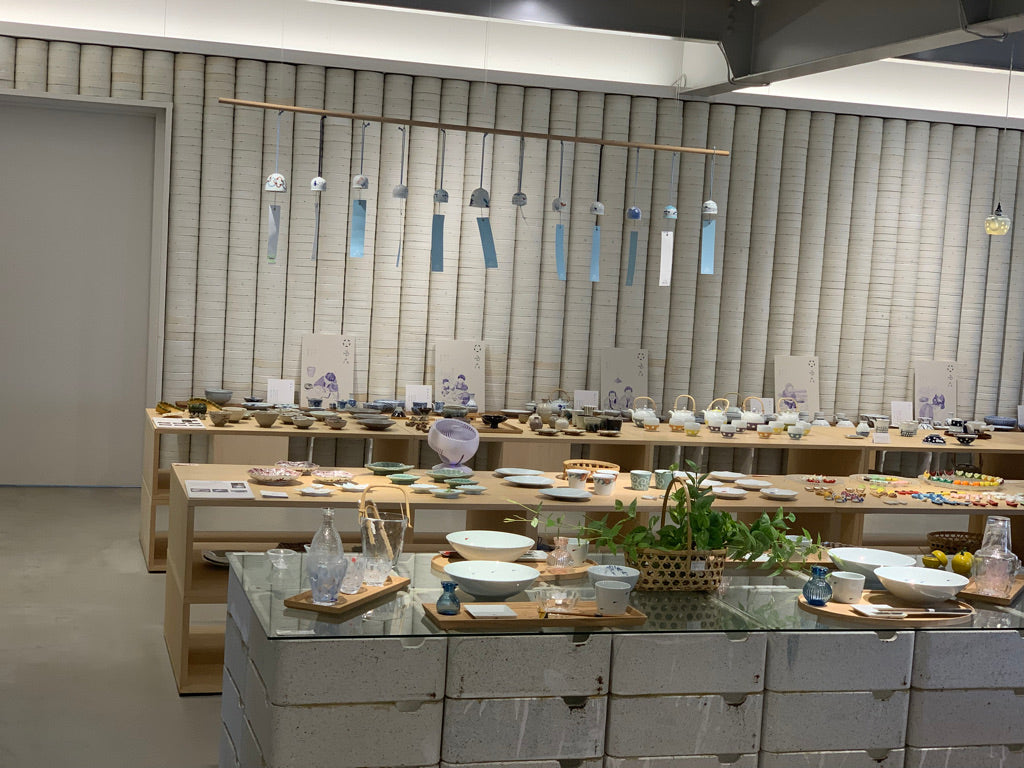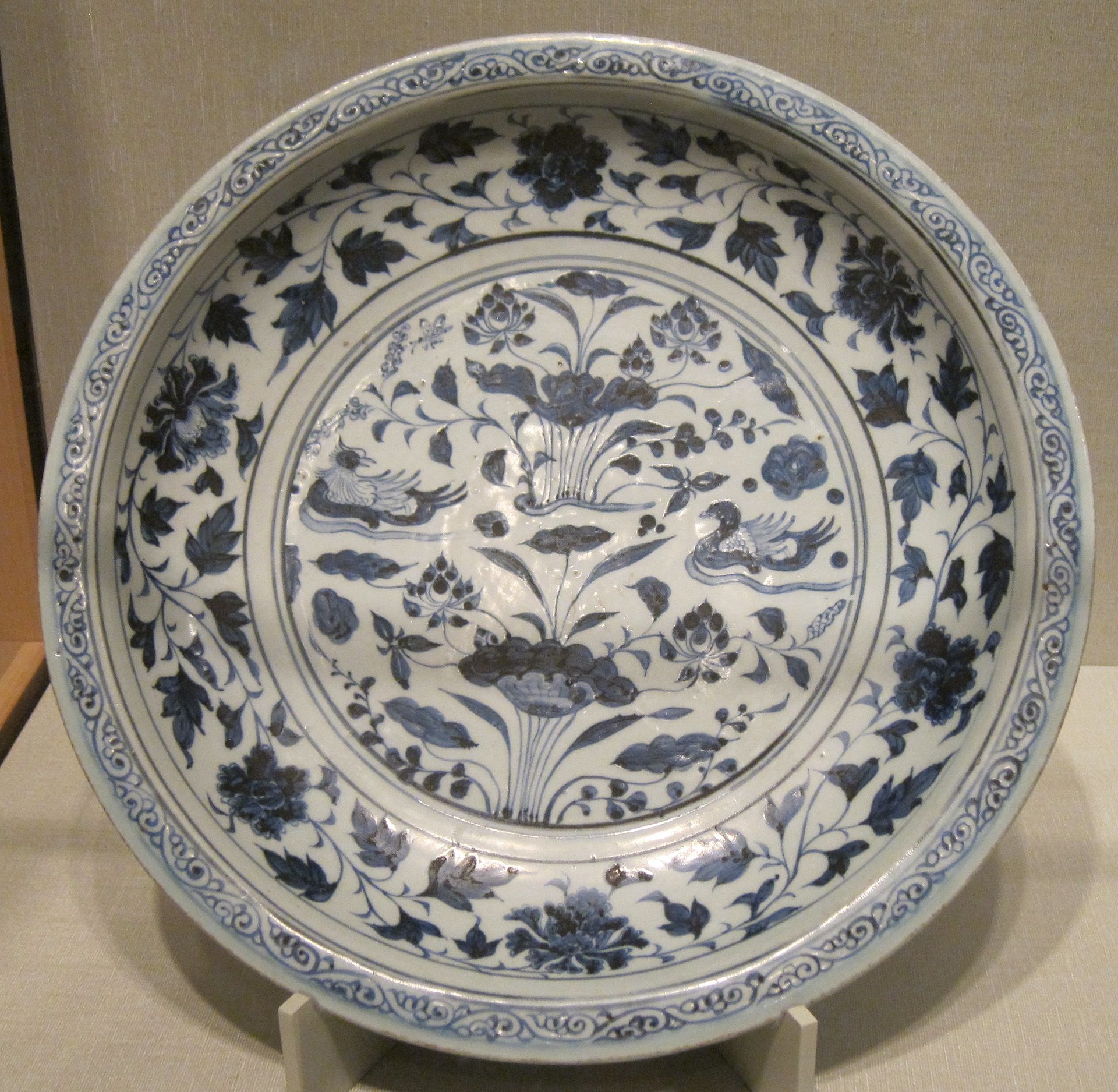
Hasami ware
[Region] Nagasaki Prefecture

(From the top of the world's largest climbing kiln)
[Summary] When Toyotomi Hideyoshi dispatched troops to Korea, the feudal lord Omura brought potters back from Korea and built a multi-chambered stepped climbing kiln. Hasami Town, Kawatana Town, and Higashisonogi Town in Nagasaki Prefecture. In the latter half of the 17th century, it was exported to Southeast Asia. In the 18th century, the mass production of low-priced everyday tableware called “Kurawanka-te” began. At that time, the Nakaoage climbing kiln was the world's largest climbing kiln with a total length of over 160m. From around the end of the Edo period to the Meiji and Taisho eras, bottled bottles for sake and soy sauce for export were produced. In this way, Hasami ware succeeded in lowering the price of expensive porcelain by building a large-scale climbing kiln. Contributed to the spread of porcelain. Masanori Fukumoto is famous for openwork carving. There are various techniques such as gosu, line engraving, fretwork, embossed engraving, tokikanna, itchin, braided hands, firefly hands, sticking, comb marks, stamped flowers, and ink repelling. Annual tourists are 800,000, and about 40% of them visit the spring pottery market. Producing various types of pottery, which is said to be characterized by its lack of character.

【technique】
Sometsuke

Sometsuke is one of the porcelain decoration techniques, and refers to the one that expresses a pattern in blue (indigo) on a white background. In China and Korea, it is called blue flower. It is one of the underglaze painting techniques. Yazeshitasai is a technique in which a pattern is drawn on the base before the glaze is applied to the porcelain. A paint whose main ingredient is cobalt called gosu is used. In general, the porcelain clay is first bisque-fired, a design is drawn with Gosu, a transparent glaze is applied over it, and the clay is fired again (glaze-firing). Gosu turns blue (indigo) after firing. However, there is also a technique (kikake) in which a design is drawn with gosu on an unglazed base material, and then a transparent glaze is applied over it, as in the case of early Japanese Imari porcelain. This technique originated in the Jingdezhen kilns of the Yuan dynasty in China, and spread to Korea, Japan, Vietnam, and other countries. In Japan, Imari ware began to be made in the 17th century. (wikipedia)
Line carving

A technique in which concave lines are carved directly into the material. There are nail carving, spatula carving, and potter's wheel line carving.
Itchin
A method of drawing patterns directly on the surface while squeezing out the soil. Also known as Itchin. When white mud is used, it is also called white mud.
Tobikanna, Tochiri
A pattern is applied by shaving the half-dried base material in the shape of a broken line. When the raw material is placed on the potter's wheel, and a plane or spatula with elasticity is applied to the rotating material, the surface of the material is scraped off in a jumbled manner. Therefore, it is called flying plane, dancing spatula (odoribera), and flipping spatula (hanebera). In Shigaraki, it is also called Tochiri.
Inka
A method of pressing the mold of the pattern onto the substrate. There are those in which the pattern is expressed on the entire surface of the mold and pressed all at once, those in which small stamps are used to press down, and those in which a cylindrical mold is rotated. Also called embossing.
Sukashibori
A method of hollowing out the periphery of a pattern. There is also a method of sticking a separately made openwork part to the surface of the vessel.
[Hasami Town]
